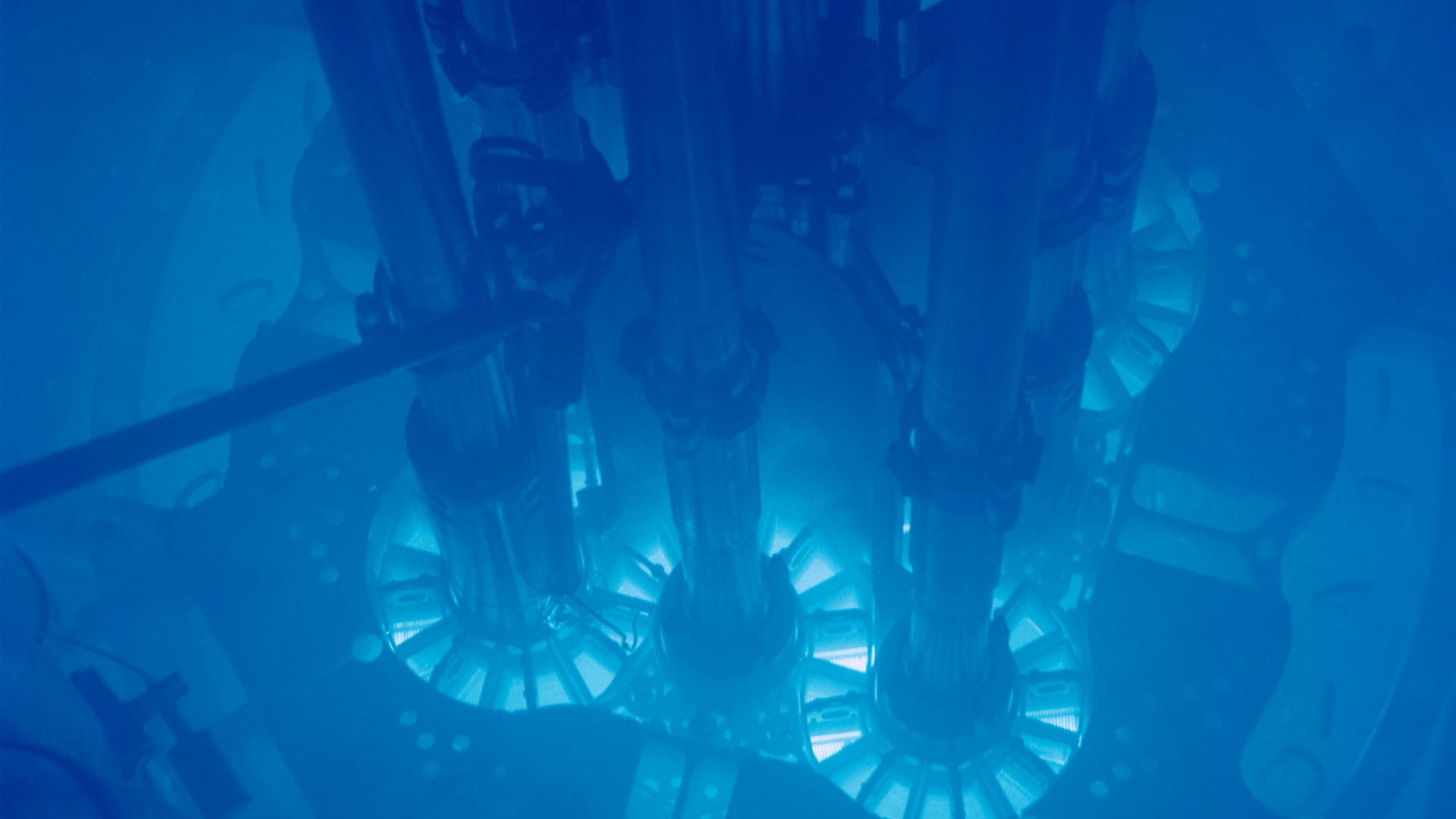By 2032 or 2033, 2 500MW of nuclear power will come online in South Africa. That’s the claim made by Minister of Electricity, Kgosientsho Ramokgopa earlier this week.
During a media briefing earlier this week the minister announced that the procurement process for this new nuclear energy had begun after the push to construct new nuclear energy has stalled for so many years. The National Energy Regulator of South Africa (Nersa) has reportedly signed off on this and it will be gazetted.
“So we are triggering now essentially a procurement process. So we are going out to ensure that we are able to get that additional 2 500 megawatts of nuclear capacity to ensure we are able to meet the issues of national security and energy sovereignty,” the minister said during the briefing
“This is a significant milestone because we know that historically, in the recent past, the process was mired in controversy. Now we’re happy that we’ve been able to iron out the issues related to how the procurement process needs to unfold, we’ve met the regulatory requirements as per Nersa’s legal requirement and also now we have concurrence of Nersa,” Ramokgopa added.
However, we should note that the process of constructing a nuclear power plant is long and, as reported in the World Nuclear Industry Status Report 2023 [PDF], complicated.
Taking a look at 58 reactors currently under construction, 28 are delayed or expected to be delayed. Of the 58, 24 are behind schedule as regards construction and at least nine have declared increased delays after being under construction for six years already,
The time it takes to build a nuclear power plant differs wildly from country to country. For example, in China the average construction time for eight units completed between 2020 and 2022 was 6.4 years to build. However, in Russia it took 10.5 years to complete one project.
The report highlights that between 2013 and 2022, construction began on 65 reactors. Two were abandoned and 17 went on to start up. As many as 46 remain under construction.

Experience shows that having an order for a reactor, or even having a nuclear plant at an advanced stage of construction, is no guarantee of ultimate grid connection and power production. The two V.C. Summer units, abandoned in July 2017 after four years of construction and following multi-billion-dollar investment, are only the latest in a long list of failed significantly advanced nuclear power plant projects,” the report reads.
There’s also the matter of the cost of nuclear energy. The World Nuclear Industry Status Report 2023 cites a report from the bank Lazard published in April 2023 that highlights how nuclear energy may not be as cheap as it was in the past.
“The annual comparative Levelized Cost of Energy (LCOE) analysis last updated in April 2023 by Lazard, one of the oldest banks in the world—based on U.S. data but largely representative elsewhere—suggests that unsubsidized average electricity generating costs declined on average between 2009 and 2022 in the case of solar PV (crystalline, utility-scale) from US$359 to US$60 per MWh, a fall of 84 percent in spite of a 67-percent increase from the previous year. The cost-range has significantly widened to US$24–96/MWh. Wind power’s LCOE dropped from US$135 to US$50 per MWh (a 63 percent fall) over the same period, while nuclear power costs went up from US$123 to US$180 per MWh, an increase of 46 percent,” it is reported.
One other consideration for a nuclear power plant is water availability. Nuclear reactors require vast amounts of water for cooling and South Africa’s water situation isn’t the best at the moment. Yes, you can build a reactor on the coast but you still need to desalinate that water before it enters the reactor.
Taking into account the delays that follow nuclear power plant construction, the cost of this energy source, and the South African government’s long history of corruption and malfeasance, resting our hopes of 2 500MW of additional capacity on nuclear power feels like a mistake.
Even if the procurement process continues unabated, 10 years feels like far too little time for South Africa to build nuclear power plants and by that time, other renewable energy will have likely become more affordable.
We agree that moving away from coal is in the best interests of the world as a whole but nuclear energy isn’t “clean” as Chris Yelland told Cape Talk this week.
“There were a number of things at the briefing that really did concern me. Statements like ‘nuclear power is the cheapest and cleanest and safest technology’ are just not true. First of all, it has high-level nuclear waste stream – that is certainly not clean and it has to be dealt with, and there is no solution on the horizon in South Africa for long-term storage and disposal of high-level nuclear waste. So, it’s not clean,” Yelland said.
The Democratic Alliance said on Wednesday that it was submitting a request for all relevant information about this procurement process under the Promotion of Access to Information Act.
“The recent developments suggest potential state capture in the energy sector, and we categorically reject any form of undue influence, particularly from foreign governments. The choice of Gazprombank and the endorsement of a foreign government in the nuclear sector require careful scrutiny,” the opposition party said.
The information requested includes:
The record of the decision to procure the specified nuclear generation capacity.
- The demand analysis conducted for the rationality of the decision, based on the
envisaged load profile for 2030, - The required generation profile to meet 2030 goals,
- Financial and cost-benefit analyses conducted for the specified nuclear generation
capacity, - Nuclear feasibility study done for the specified nuclear generation capacity,
Whether government will bow to this request remains to be seen but it is clear, South Africa’s nuclear future isn’t as clear-cut as Ramokgopa makes it out to be.
[Image – CC BY SA Argonne National Laboratory]

